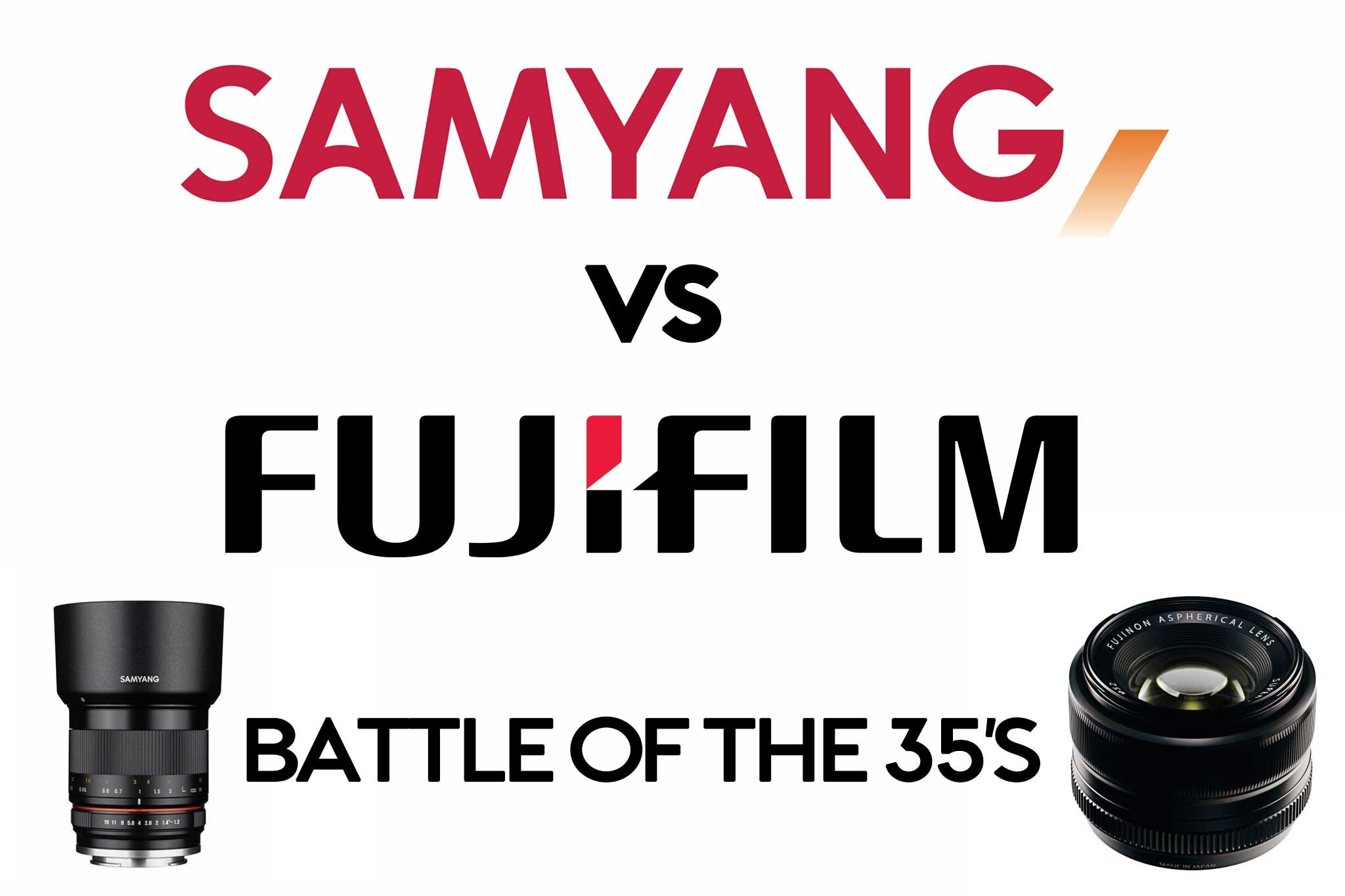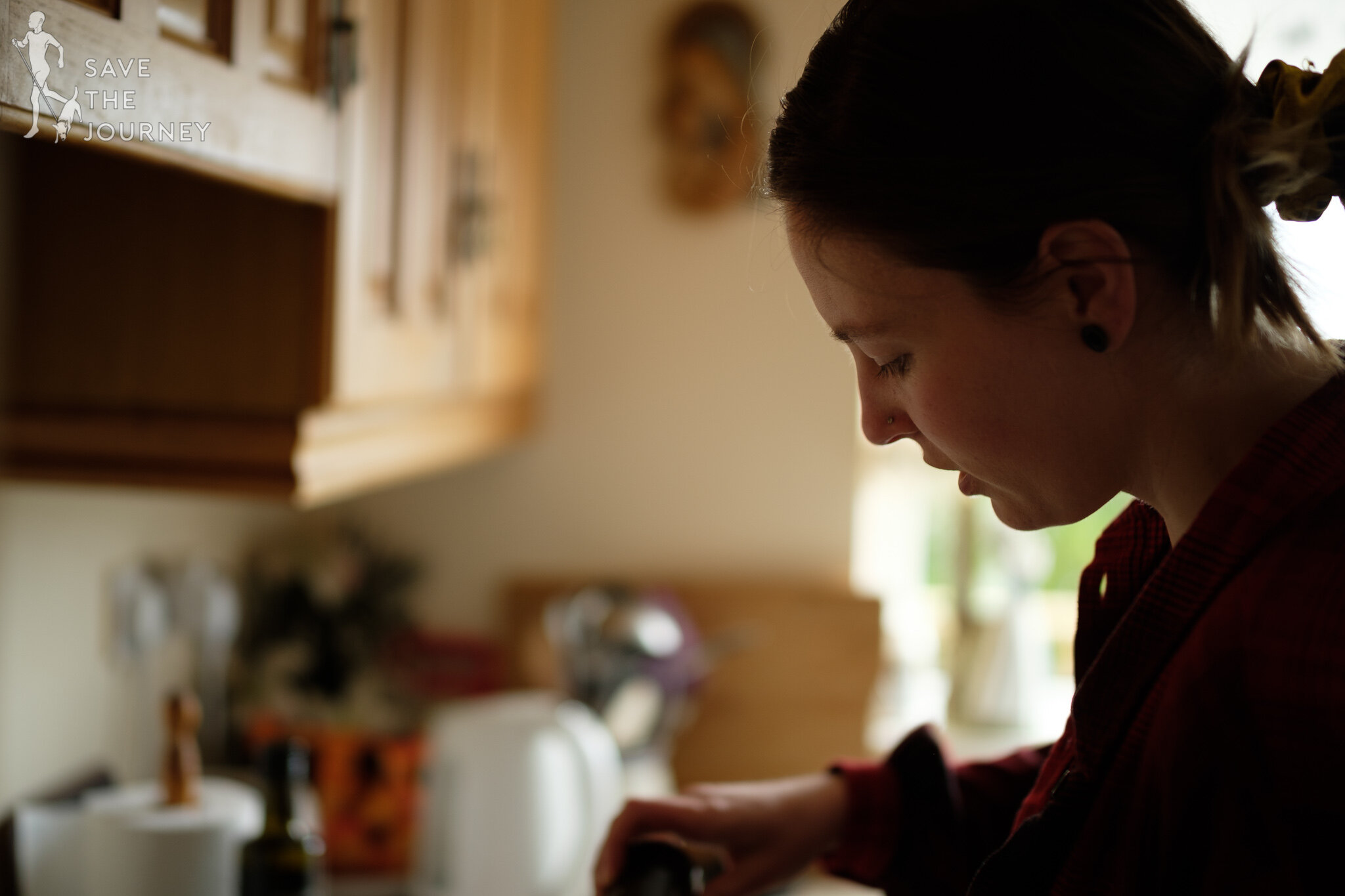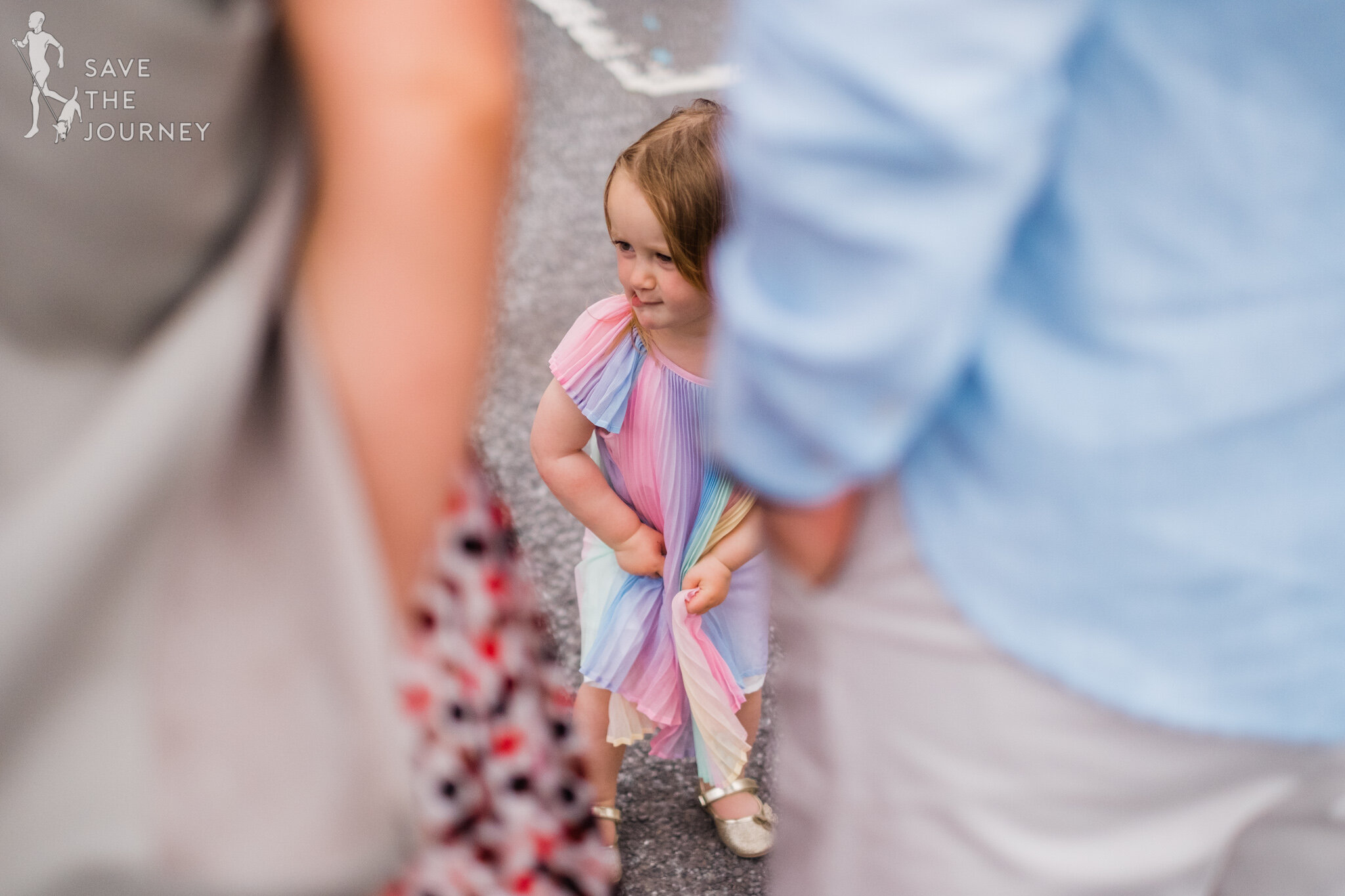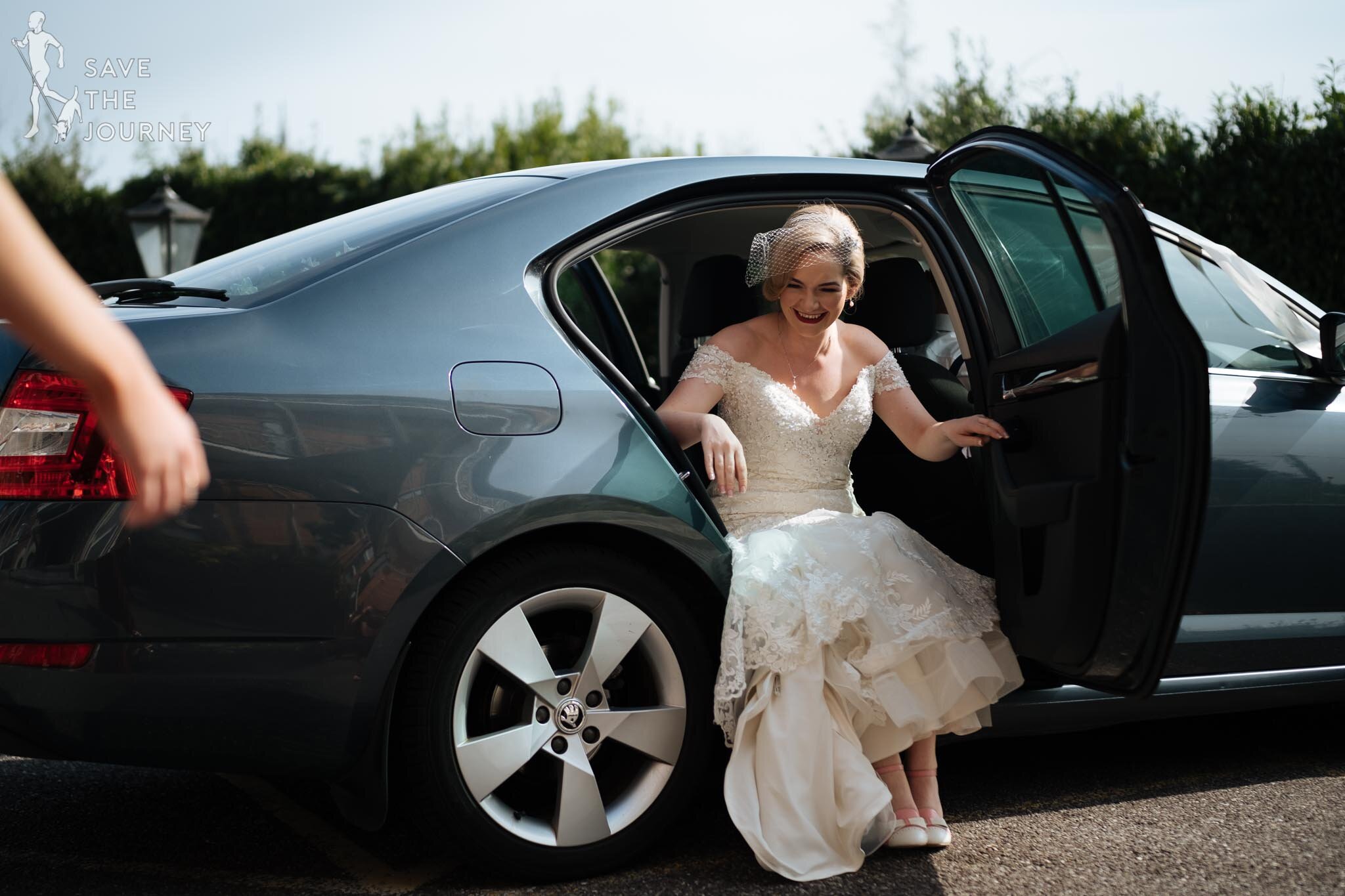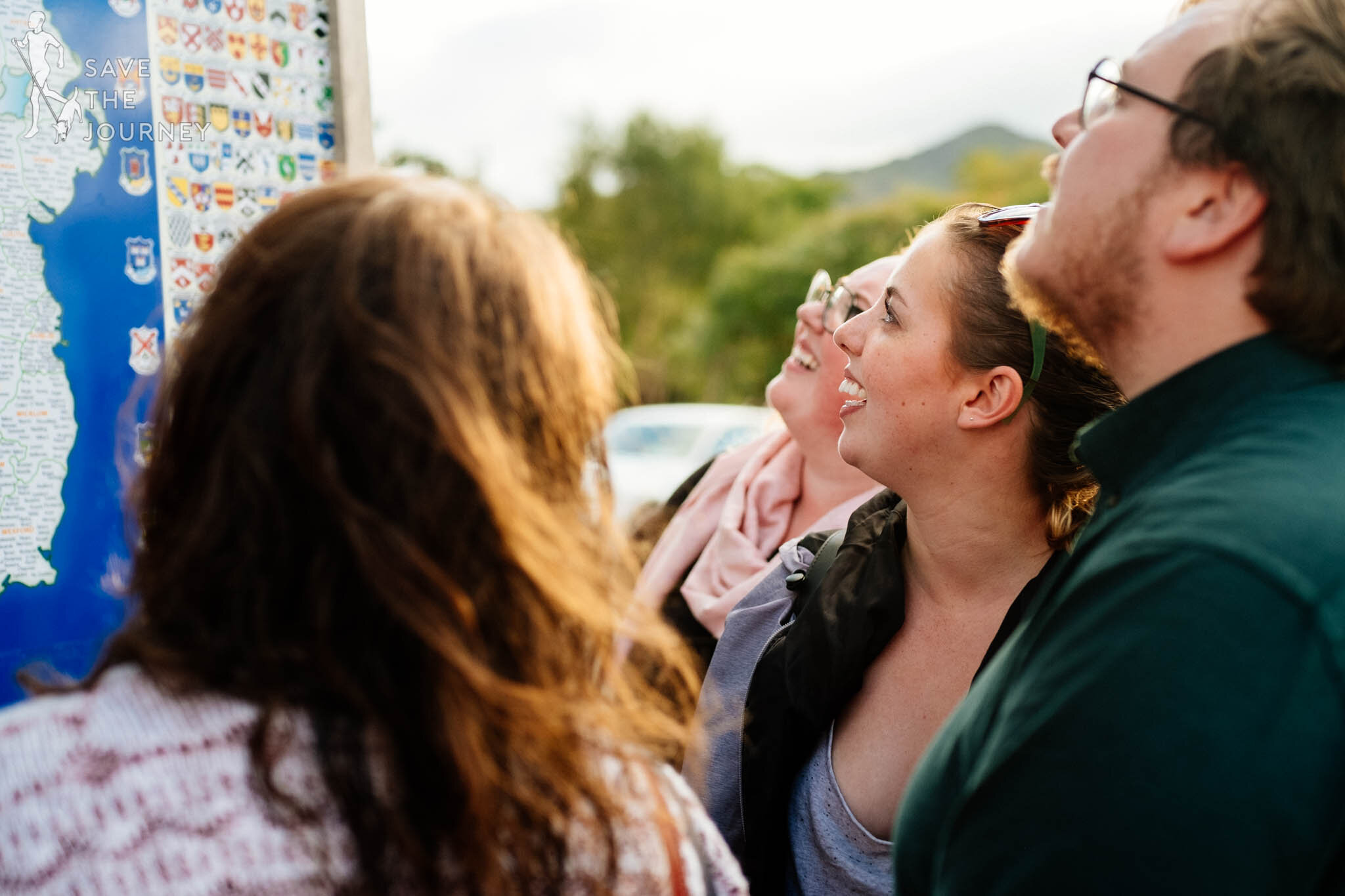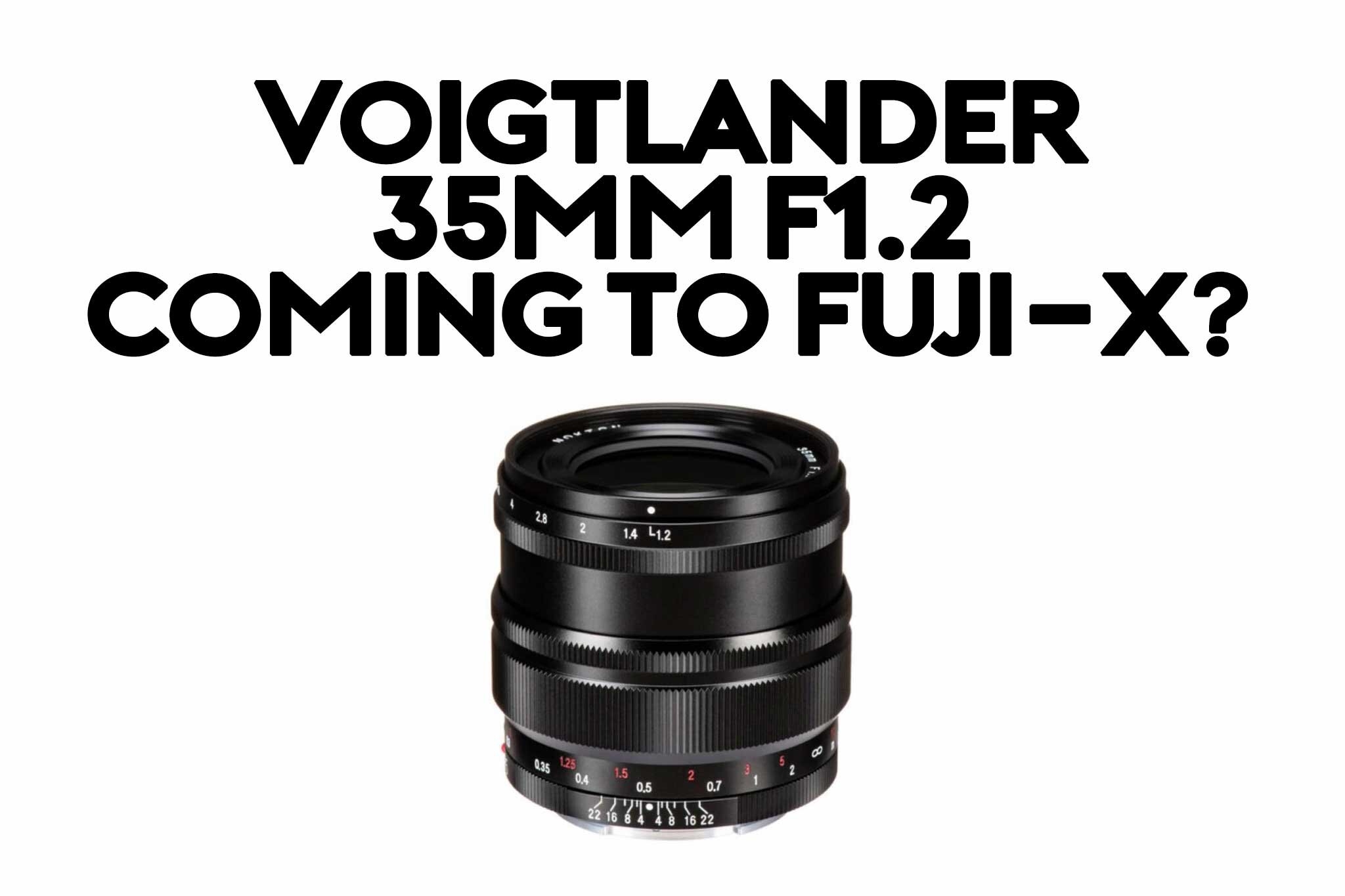I already wrote a review about this Samyang 12mm f2 lens here, but I totally glossed over the real estate photography that I do with it. More and more photographers are getting onto me if this lens is any good for that, so I thought I’d write a little summary of my experiences with it thus far.
Quick and Dirty Bullet Points
Positives:
- The Samyang 12mm is very affordable
- It’s very versatile and can be used for other types of photography too
- Great image quality (definitely best value lens in the super-wide category)
- Great colours and contrast
- Vignetting is minimal when closing down to f4-5.6
Neutral:
- Since it’s a prime, I often (but not always) take a second lens with me
- Manual focus is love or hate
Negatives:
- Has a bit more distortion than I would like for this type of photography (see below for more info)
The Long Explanation
Let me expand on the above points; this lens is very good at photographing real estate. I live in Ireland where buildings and homes tend to be a bit on the smaller side, so that 12mm focal length is extremely important to me. I wouldn’t really be able to photograph half of the houses and apartments with even just a 16mm. That would be to tight already. For larger kitchens and living rooms it would be fine, but it’s very surprising how little you would be able to photograph of a standard sized 9m² bedroom for instance, nevermind a small en-suite. For the latter I often find myself squeezed up against the corner to be able to take a good, representative shot.
From an image quality point of view, this lens delivers more than enough for that. On that front I wouldn’t be worrying about anything.
The one re-occuring issue that I do have is straight lines. Getting straight lines when photographing kitchens for instance can be more difficult than you’d think. The super-wide nature of the lens exacerbates every slight degree you’re off, making the photo look much skewer than it would with say a 35mm or 50mm. This is normal for super or hyper-wide angles. So take your time setting your shot up and double and triple checking all angles and lines are as they should be. Then we get to the distortion. I usually don’t mind distortion at all. But for real estate photography, it can be a bit of an issue at times. Yes, you can remove it in Lightroom afterwards, but you do end up missing out a bit on the wideness. I also find that with this lens I can’t seem to get rid of the distortion 100%. I have read elsewhere that it has a more complicated ‘moustache shaped distortion’. Don’t know if that’s true. It’s not a deal breaker especially since there aren’t many viable other options in this price group (unless you want to go down the cheap, Chinese lens route), but something to be aware of.
Then there’s the matter of it being a prime. Sometimes I wish I had the Fujifilm 10-24mm so that I could zoom out to 10mm and also not need to take with a second lens for the outdoor shots or close ups. I will either take with my Samyang 21mm or Fujifilm 16-55mm to compliment the Samyang 12mm. Although often, I will just use the 12mm on its own. But photographing real estate isn’t my one and only photography gig, and my clients have all been really happy with the work I have delivered thus far with the 12mm. But I might upgrade in the future just to have the option to zoom, have a slightly wider end and have less distortion (I think the 10-24mm has less distortion but correct me if I’m wrong).
Bottom Line
I hope this helps. Bottom line, if you need a lens to photograph real estate, this is the one to go for if you don’t want to be spending as much money as on the Fujifilm 10-24mm or 8-16mm. You might need to put in a little bit more effort in regards to the manual focus and distortion and possibly bringing a second lens but it from the results, it won’t look much different. Lighting the rooms is a much more important aspect than if you’re using the Samyang 12mm or one of the Fujifilm zooms.
For more photos, check out my blog post on a house I photographed here, using the Samyang 12mm and the Fujifilm 16-55mm, or check out my real estate photography page here.














